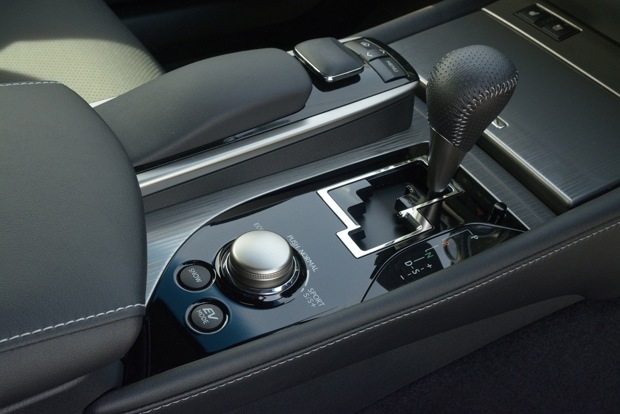Question of the week: When should I use Neutral when driving an automatic?

Dear Honest John,
"First time driver of an automatic car here so be kind! When shall I select neutral? Does putting the car in neutral when stationary - such as at traffic lights - put excessive wear on the gearbox?"
- MG
Dear MG,
Driving an automatic should be easier and less strenuous than driving a manual, as for the vast majority of the time the gearlever can be left in the Drive position.
Generally speaking, we would recommend shifting into Park and applying the handbrake when stationary. When stopped temporarily such as at a junction, you may wish to hold the vehicle on the footbrake with the gearlever remaining in Drive.
Selecting Neutral when stopped does not result in any significant wear to the gearbox, as drive is disengaged. Arguably shifting the lever between gears does generate a degree of wear, but the amount would be negligible and likely generates less wear than is put through the drivetrain by holding it on the footbrake in Drive.
You can select Neutral when stopped in traffic which also disengages drive through to the wheels, but selecting Park locks the gearbox so the driven wheels cannot rotate, which is a safer option in case your vehicle is involved in a collision.
You could do without the handbrake if the vehicle is in Park, but this means the vehicle is being held solely by the locking pin in the transmission, and using the handbrake as well will reduce wear on this part.
It is also more considerate to use the handbrake and Park or Neutral when stopped in traffic to avoid blinding drivers behind you with the brake lights.

